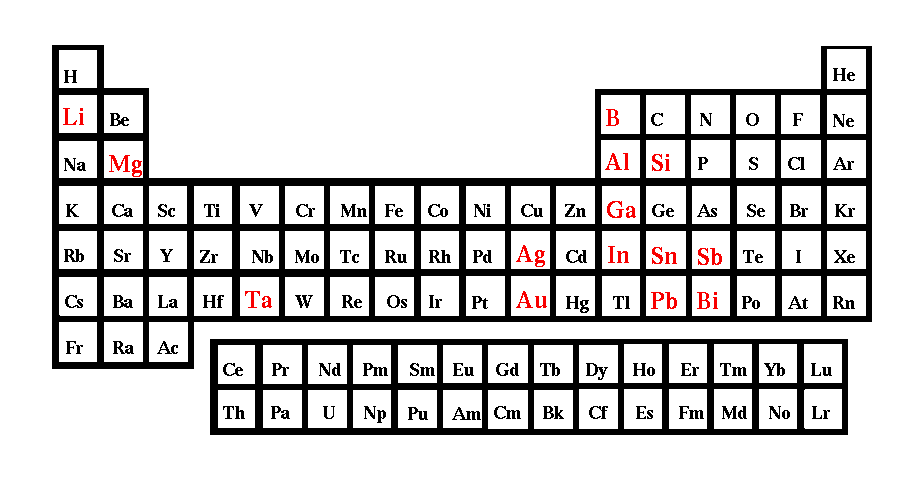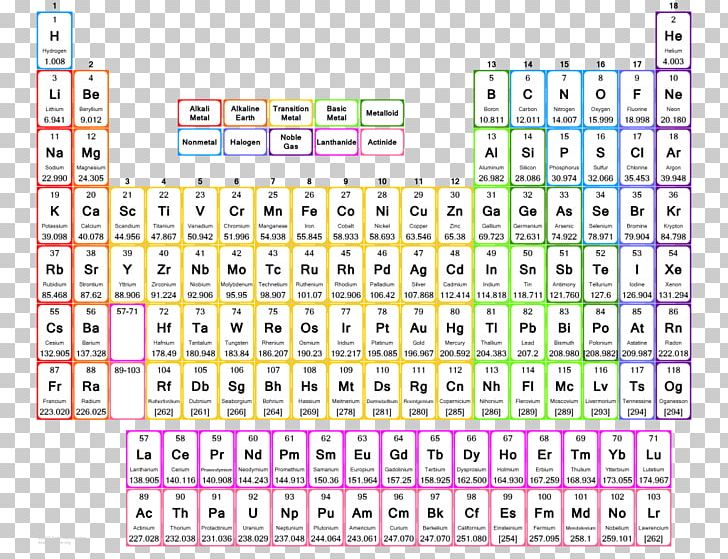

Mulliken population analysis (MPA) as implemented in the DIRAC code for our DF and NR calculations (using the dyall.cv4z basis) yields the charges Og+0.60 and Og+0.96, respectively, on the central Og atom indicating that our relativistic DF calculations predict octahedral OgTs6 to be less ionic compared to our NR HF calculations. Ours are the first dispersion interaction corrected calculations for OgTs6 with seven superheavy atoms and 820 electrons. Dispersion interactions increase the AE(DFBG) by 1.30–10.67 eV. The AEs of OgTs6 to form Og + 6Ts are calculated to be −5.54 at the NR level of theory (that is, OgTs6 is unstable relative to the sum of the NR energies of its constituent atoms) and 9.49 and 9.37 eV at the DF and DFBG levels of theory, respectively. The contribution to dispersion interactions increases the DFBG reaction energy for Og + 3Ts2 → OgTs6 by 0.94–7.20 eV.

Our calculated energies of reaction for the superheavy reaction Og + 3Ts2 → OgTs6 at the NR, DF and DFBG levels of the theory are exoergic by 8.81, 6.33 and 6.26 eV, respectively. There are dramatic effects of relativity for the atomization energy for OgTs6 (with seven superheavy atoms and 820 electrons) of ~15.0 eV at both the DF and DFBG levels of theory. Our gargantuan ab initio all-electron fully relativistic Dirac–Fock (DF), nonrelativistic (NR) Hartree–Fock (HF) and Dirac–Fock-Breit-Gaunt (DFBG) molecular SCF calculations for the superheavy octahedral oganesson hexatenniside OgTs6 predict atomization energies (AEs) of 9.49, −5.54 and 9.37 eV, at the optimized Og-Ts bond distances of 3.35, 3.44 and 3.36 Å, respectively. Ours are the first results of relativistic effects for isomerization and atomization energies of the superheavy seaborgiumisocarbonyl SgOC and its isomer SgCO.The formation of isocarbonyl SgOC, should be favored over the carbonyl isomer SgCO in the first step of the reaction Sg+CO →SgOC. The predicted energy for the formation of the carbonyl SgCO at the relativistic DF and NR levels of theory is -54.90 and -50.95 kJ /mol, whereas the corresponding energy of formation of the isocarbonyl SgOC is -64.44 and -18.64 kJ/mol, respectively. This is the first such result in Chemistry where an isocarbonyl (and especially for a system of superheavy element Sg) is predicted to be more stable at the DF level of theory than the corresponding carbonyl. However, the corresponding DF and NR atomization energies for the seaborgium carbonyl SgCO are predicted as 12.75 and 12.45 eV, respectively. Our ab initio all-electron fully relativistic Dirac-Fock (DF) and nonrelativistic Hartree-Fock (NR) calculations for seaborgiumisocarbonyl SgOC predict atomization energy (AE) of 13.04 and 11.05 eV, respectively. Further technological progress, in particular, high intensity stable ion beam accelerator facilities presently under construction, as well as potentially in the farther future radioactive neutron rich ion beams provide a high discovery potential for the basic understanding of nuclear matter. The continuous development of modern experimental techniques employing advanced detection set-ups was essential to reveal these exciting nuclear structure aspects in the actinide and transactinide regions since the production cross-section becomes extremely small with increasing mass and charge. in nuclear deformation, ranging from spherical to prolate and oblate shapes with the possible occurrence of triaxial symmetries, and single particle states and their excitation into quasiparticle configurations. Although not anticipated in the region of the heaviest nuclei, many phenomena were subsequently discovered like the interplay of collective features manifesting themselves e.g. The contribution of Bohr, Mottelson and Rainwater with, in particular, the development of the unified model played an essential role in this context. Since the 1950s, experiments on the synthesis of new elements and isotopes have also revealed various exciting nuclear structure features. Being stabilized by quantum-mechanic effects only, those extremely heavy man-made nuclear species are an ideal laboratory to study the origin of the strong nuclear interaction which is the driving force for matter properties in many fields ranging from microscopic scales like hadronic systems to cosmic scales in stellar environments like neutron stars.

Since the 1960s in the early second half of the last century, various models predict closed shells for proton numbers 114–126 and neutron numbers such as 172 or 184.

The quantum-mechanic nature of nuclear matter is at the origin of the vision of a region of enhanced stability at the upper right end of the chart of nuclei, the so-called 'island of stability'.


 0 kommentar(er)
0 kommentar(er)
